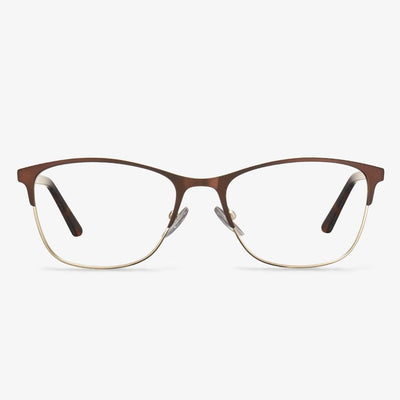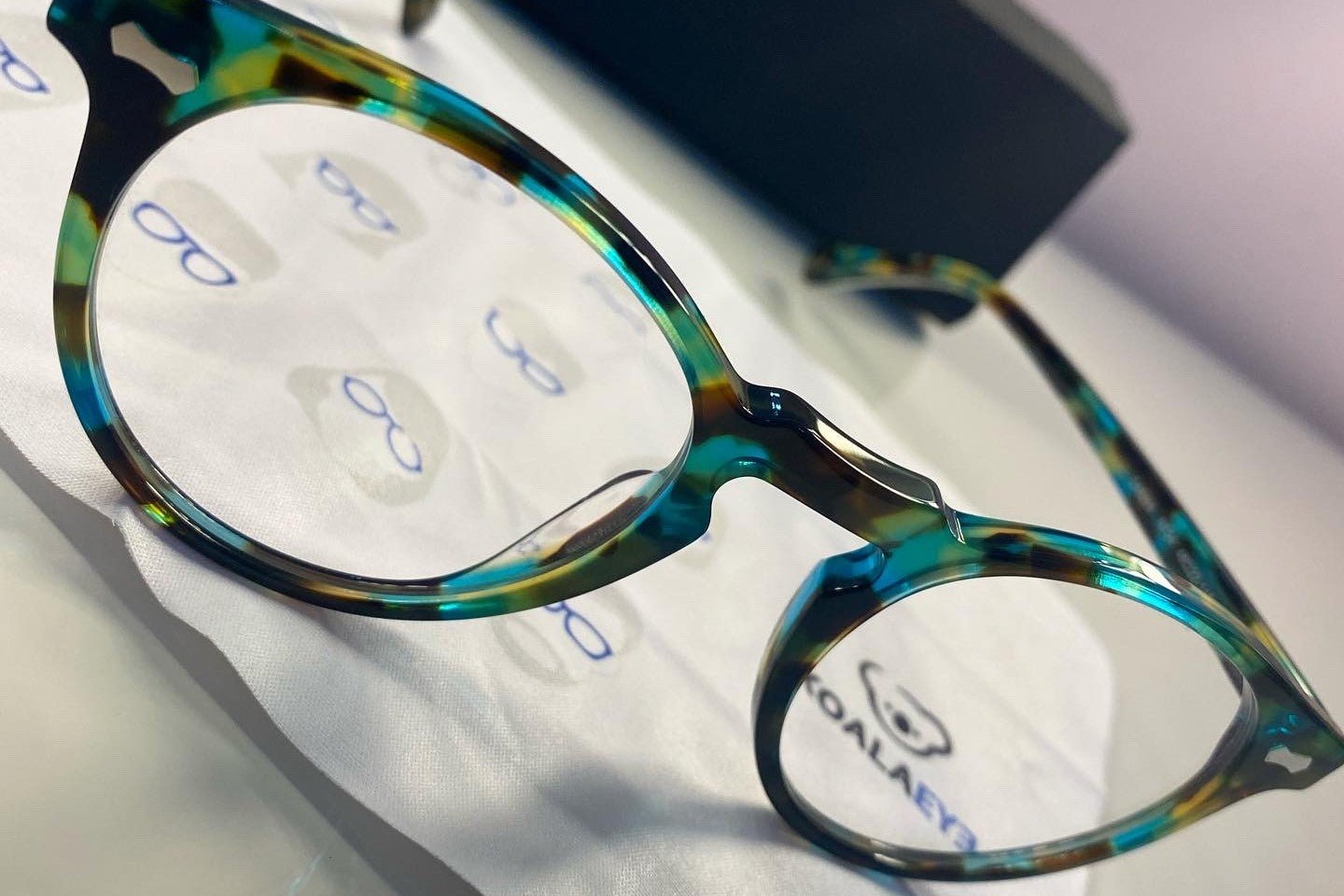Does it take time to get used to new prescription glasses?
People who wear new advanced glasses usually have an adjustment period. For novices, please gradually adapt to the glasses. In the first 2-3 weeks, increase the wearing time every day to adapt to the lens. For example, wear it for 1-2 hours on the first day, then add 2 hours a day until you feel comfortable. Before driving, please try it at home. Remember, you need to turn your head and move your eyes to find the 'sweet spot' for the activity you care about.
For experienced wearers, even under the same prescription, a new incremental pairing is required, and some adjustments are usually required. Progressive lens design, frame shape, and many other factors will also affect the adjustment time.
Why do glasses with the same prescription feel different?
The style of the frame has changed. The structure of the new glasses and the old glasses (half-frame, rimless, full-frame) may be different, and the angle of the glasses may also be different, which will cause visual differences and the symptoms of dizziness after wearing the new glasses. If you used to wear rimless glasses or half-rim glasses before and switch to full-frame glasses, you will feel that his field of view is limited and you will feel a little uncomfortable when you see the edge of the frame. If you wear full-frame glasses before, you will feel the edge of the lens when you change to half-rim glasses. It's too bright to adapt. There is another situation, changing from a frame with a nose pad to a frame without nose pads. Because the distance between the lens and the eye has changed, the position of the nose pad has also changed, which directly affects the relative position of the optical center and the pupil, as well as the distance from the back vertex of the lens to the cornea, which naturally affects the visual difference. In this case, you can fine-tune the nose pads, or after a short-term adaptation, you can generally return to normal.
Difference between green film and blue film
In addition to the usual hardening, anti-fouling, anti-reflection, anti-radiation, and other functions, the green film has remarkable anti-ultraviolet performance, suitable for people who work outdoors for a long time to use. In addition to the general hardening, anti-fouling, anti-reflection, and anti-ultraviolet functions, blue film’s anti-radiation ability is very good, and it is suitable for computer workers and other people affected by radiation greater.
The coated lenses were originally produced in green, mainly to distinguish them from the uncoated lenses. At 515 nm, the reflection increases the reflectivity by about 2%, so there is a contrast, and the green film is seen in the reflection. This film is the most standard anti-reflective film, and it is the best and oldest one available.
Pay attention to the color of your blue-blocking glasses.
For children, their lenses are relatively clean and clear, and the blue light transmittance is higher than that of adults, which is more harmful to the eye. On the complementary color principle of optics, a good pair of blue light glasses should not be deep orange, but light yellow. The complementary color to cyan is orange. So, in order for the glasses to absorb blue light and filter it out, they must appear blue's complementary color yellow, otherwise, they violate the optical principle of absorbing blue light.
Essilor glasses
Essilor glasses are cost-effective glasses. Essilor is originated in France and has a history of 160 years. If Ray-Ban focuses on styling and sunglasses are its flagship products, Essilor is the first in the field of optometry. Essilor focuses on the research of the precision of optometry lenses and has always been a leader in the technology of myopic lenses. Innovation is at the heart of Essilor's DNA, so new lenses are constantly being created for different groups of people.
What should drivers notice when wearing polarized glasses?
Many drivers like to wear polarized lenses. Indeed, the polarized lens can reduce strong light, eliminate glare, so that the line of sight is natural and soft, but the polarized lens is more suitable for fishing, skiing, and other large areas of the reflective environment. Drivers sometimes have to face the tunnel and another dark scene, the polarized lens is easy to make people suddenly feel dark at the moment. In addition, polarized lenses can make LCD screens and LED traffic lights dim. Therefore, when choosing polarizers, it is best to choose good quality optics, and when going through the tunnel, it is best to take off your glasses ahead of time and blink a lot. Before wearing the driver polarizing lens, try it on and observe whether the polarizing film of the lens is smooth. If the polarizing film is uneven, there will be inflow in the imaging, which may lead to visual fatigue and migraine.
Regular eye hospital examination
They must go to the formal professional ophthalmology for optometry and glasses. Wearing glasses after they suffer from myopia, is to correct refraction and clear view. Another important role is to prevent the loss of balance between the adjustment and aggregation functions of the eye. Before getting glasses, they need to go to the hospital for pupil dilation. Many parents are afraid that dilating pupil has a bad impact on their children's study, or afraid that dilating agents will affect the health of their children, so they ask their children to choose computer optometry for glasses. Failure to dilate the pupil and optometry will cause harm to the child's eyes.











































